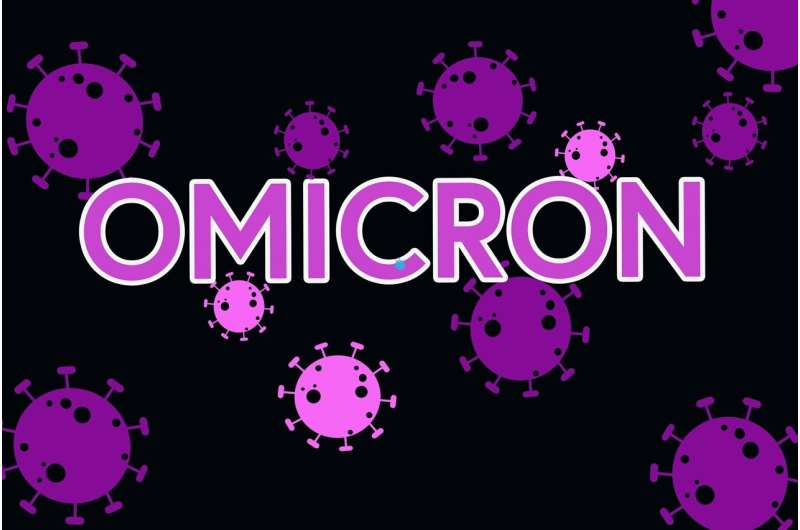
While the omicron variant appears to be less harmful than previous variants in terms of severity of disease, hospitalizations and deaths, a virology expert speaking at a special COVID-19 meeting of the European Congress of Clinical Microbiology & Infectious Diseases (ECCMID 2022, Wed 23 March, ahead of the main congress in Lisbon 23-26 April) says that the evidence so far—from studies using culturable virus as a marker for infectiousness—shows that the period of infectiousness of the omicron variant is not convincingly shorter than of other variants (from around 2 days before symptoms appear to 7 days after).
“The decisions being made by different countries around the world to shorten the period of isolation for omicron infections are partly based on evidence from modeling, but also take account of the fact that omicron is causing less severe disease, and fewer hospitalisations and deaths. It is a way of returning to something like normal life and accept transmission of this less dangerous omicron variant,” says virologist Dr. Marjolein Irwin-Knoester, University Medical Center Groningen, Netherlands. “From the evidence so far, I am not convinced that a person is likely to be infectious for a shorter period of time with omicron as they would have been with previous variants.”
At a recent timepoint (with the situation ever evolving), isolation periods varied from 4 days (Norway, Denmark) to 5 days (Netherlands, UK with antigen testing to confirm COVID negative), to 7 days (Belgium, Spain, vaccinated people in France) to 10 days (WHO recommendation, Germany, unvaccinated people in France, UK general recommendation). The legal requirements to isolate have also changed in some jurisdictions—for example, in the UK, there is no longer a legal requirement to self-isolate with COVID-19—it is now just a recommendation.
There are of course circumstances, says Dr. Irwin-Knoester, in which a person should extend their isolation beyond any time that is recommended by their country or international guidelines—namely if they are still having airway symptoms like coughing and sneezing (but not symptoms like tiredness of loss of smell). For those people with these continuing airway symptoms, isolation is often prolonged to 10-14 days (as long as they have no severe symptoms and are immunocompetent). For those with severe disease, active virus can be shed for longer, so for in-hospital settings, regulations are often more stringent.
While there is some evidence that vaccination decreases the time of shedding of infectious virus, the evidence around this subject is conflicting. However, for omicron, the beneficial effect of vaccination on reducing infectiousness is likely to be lower, most probably due to mismatch between currently designed vaccines and the omicron variant.
For immunocompromised hosts, especially transplantation recipients and haematology patients, shedding of infectious virus can continue for months. But this will not happen in all such patients. In healthcare settings, a longer time from start of symptoms is used for isolation of the immunocompromised (for example 14-21 days) and—in University Medical Center Groningen—where Dr. Irwin-Knoester is based—medical teams use Ct value (the viral load calculated from PCR testing) to estimate contagiousness for people who are immunocompromised.
Dr. Irwin-Knoester believes that for infections causes by the omicron variant, a maximum of 7 days isolation (subject to the exceptions above) should be safe in almost all cases of infection. However, she also believes that 5 days strikes an acceptable balance between the infectiousness of the virus and what most communities are willing to accept going forward, especially after around two years of restrictions in many cases.
What could throw everything “up in the air” again is the emergence of a new variant, especially one which causes more serious illness and/or can avoid the immunity generated by vaccines (a so-called vaccine-busting variant). “If it is a new variant that makes us seriously ill, I would recommend returning to longer periods of isolation—with seven days as a minimum,” she concludes.
European Society of Clinical Microbiology and Infectious Diseases

